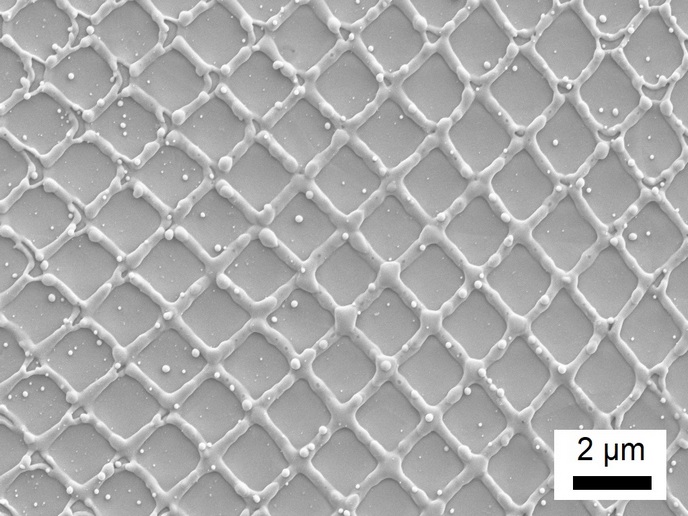Improved gas detection by laser
The aim of the EU-funded project MICEPAS MIR-EC-QCL (Novel miniaturized photoacoustic cell integrated with compact mid-infrared widely-tunable laser for gas-detection applications) was to develop a cheaper and better gas detector based on laser spectroscopy. Scientists integrated a novel miniaturised resonant photoacoustic cell with a mid-infrared external-cavity (EC) quantum cascade laser (QCL) into a compact photoacoustic gas detector. The detector capabilities were demonstrated in a series of laboratory experiments. Researchers optimised the cell's design to reduce its size, while enabling it to operate at a selected resonance. For the properly optimised resonant cell, the window background (a signal arisen in the cell due to absorption and reflection of light beam by the cell windows) is absent at any modulation regime. The background-free cell can be used to detect any infrared-active compound and can be easily adapted to any laser beam diameter and modulation frequency. However, despite its small size, the miniaturised cell is comparable in performance to a macro-scale cell. Several detector prototypes were built and tested for use in a wide range of applications, and featured the principal components of laser chip, laser cavity design and the photoacoustic cell. Inserting the photoacoustic cell into the laser cavity resulted in a significant increase in gas detection sensitivity. Demonstrations showed that the EC-QCL-based intracavity photoacoustic gas detector can be used as a highly sensitive hygrometer capable of analysing isotopic species in water vapour. Hence, the prototype may be used as the basis for new improved versions of non-expensive gas detectors adapted to a range of practical uses. The accurate, reliable and non-expensive detectors developed by MICEPAS MIR-EC-QCL can be applied to in situ multicomponent analysis of atmospheric air during pollution and exhaust gas monitoring, industrial process control and leak detection. The detectors are also suitably sensitive for use in detecting the gases involved in metabolic reactions found in living systems.







